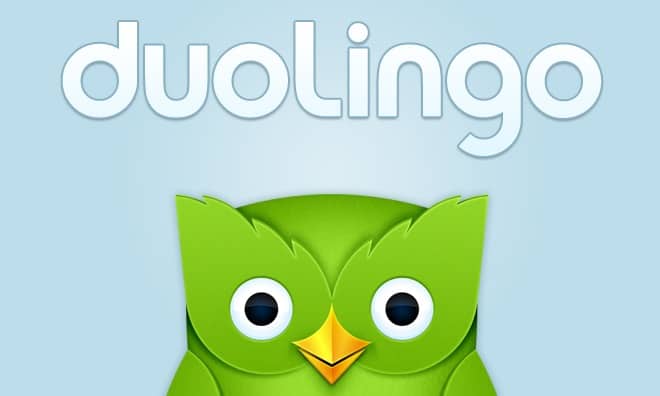Duolingo, a well-known brand in language learning apps, has revolutionized language learning through the use of technology, accessibility, and gamification. In-depth discussions of Duolingo’s features, efficacy, advantages, and potential areas for development are covered in this article.
Features of Duolingo
Gamification: The game-like features of Duolingo, such as points, streaks, and awards, encourage users to stick with their learning process.
Diverse Languages: Duolingo serves a wide range of users by providing more than 40 languages, including lesser-known ones like Navajo and Klingon.
Bite-Sized Lessons: By dividing language instruction into digestible portions, the platform makes it possible for students with less time.
Interactive Exercises: Speaking exercises, matching word activities, and sentence translations all cater to various learning preferences.
Progress tracking: Metrics like skill tree completion and experience points (XP) allow users to keep track of their progress.
Advantages of Duolingo
Accessibility: Everyone can learn a language thanks to Duolingo’s free usage and optional premium plan.
Reinforcement of Skills: Grammar and vocabulary are strengthened through repetition and spaced repetition algorithms.
Engagement: The gamified method keeps people interested and promotes consistent practice.
Having all these strong features Duolingo still lacks strong foundations like:
Restricted Depth: Although Duolingo offers a solid foundation, it could not provide the depth needed for advanced skill, especially when it comes to speaking and writing.
Contextual Learning: The software frequently teaches grammar and vocabulary out of context, which can make it more difficult to use in the actual world.
Dependency on Technology: Without additional resources, users may find it difficult to incorporate learning into offline contexts
Also Read: Inside SpaceX: Understanding the Innovative Business Model Driving Space Exploration
Duolingo serves users with huge benefits that includes:
Flexibility: Learners are free to set their own hours and pace.
Broad Reach: With support for numerous languages and cultural contexts, the app caters to a worldwide user base.
Encourages Habit Formation: Consistent learning habits are encouraged by daily reminders and streaks.
Comparing Duolingo with Other Resources
Even while Duolingo is very user-friendly and engaging, resources like Rosetta Stone or Babbel might provide more thorough grammar explanations and conversational practice. In a similar vein, language-exchange websites such as Tandem or HelloTalk offer chances for in-person communication.
Potential for Development
Speaking Proficiency: Fluency could be improved by including more practice in real-world conversations.
Grammar Depth: Students would gain from receiving more thorough explanations of grammar rules.
Cultural Context: Including real-world situations and cultural individualities could improve the educational process.
For those just starting out or interested in learning a new language, Duolingo is an amazing resource. Because of its gamified style, accessibility, and wide range of language options, it is a well-liked option everywhere. Real-world practice and other materials are necessary to reach advanced proficiency or conversational fluency. Duolingo might achieve even greater success as a language learning tool by fixing its flaws and adding additional depth and cultural context.









